No.7- JACK THE RIPPER
Seven of the Most Notorious Serial Killers in History

A serial killer, strictly speaking, is a person who kills at least two people in distinct incidents that take place at various times. Even though there is no official definition of "serial murder" in the law, the crimes of serial killers are frequently picked up on by the media and the general public, especially when there are numerous victims or the killings are carried out in a graphic manner. The list that follows discusses some of the most infamous serial killers that have ever existed.
7. Jack the Ripper
Between August and November 1888, under the alias Jack the Ripper, at least five women were murdered in or close to the Whitechapel neighbourhood of London's East End. The case is among the most well-known unsolved crimes in English history.
Only five of the twelve killings that have been speculatively linked to Jack the Ripper between 1888 and 1892 were connected by authorities to a single perpetrator. The "canonical five" victims were Mary Ann Nichols, whose body was discovered on August 31, Annie Chapman, who was discovered on September 8, Elizabeth Stride, who was discovered on September 30, Catherine (Kate) Eddowes, who was discovered on September 30, and Mary Jane Kelly, whose body was discovered on November 9. The general belief at the time was that all the victims were prostitutes, with the exception of Kelly, who was killed while soliciting on the street.
That assumption was later made in publications about the killings, which frequently speculated about Jack the Ripper's identity and included vivid descriptions of the murders he committed (many of these books, however, were based on false claims and documents). The British social historian Hallie Rubenhold argued that Stride had only occasionally turned to soliciting, during times of extreme poverty and emotional suffering (but there is no evidence to show that she had been soliciting at the time of her murder), that Nichols, Chapman, and Eddowes were not prostitutes, that The Five: The Untold Lives of the Women Killed by Jack the Ripper (2019) was a radical departure from that genre, and that the only verifiable. According to Rubenhold, the Victorian era's misogynistic and class-based stereotypes were to blame for the idea that Jack the Ripper was a murderer of prostitutes.
Every time, the victim's throat was cut, and the body was usually dismembered in a way that suggested the murderer knew something about human anatomy. Once, a human kidney fragment that may have come from a murder victim was mailed to the police. Additionally, someone posing as the murderer and going by the name Jack the Ripper sent a slew of insulting notes to the authorities. There were valiant and even bizarre attempts made to track down and capture the murderer, but to no avail. The home secretary and the London police commissioner, who were the targets of a significant public outcry over the failure to apprehend the murderer, both resigned shortly after.
Because serial killings were much less common back then than they are now, the case has managed to hold onto the public's imagination. Jack the Ripper has served as inspiration for many dramatic and literary works. Most notably, Alfred Hitchcock's The Lodger : A Story of the London Fog (1927)
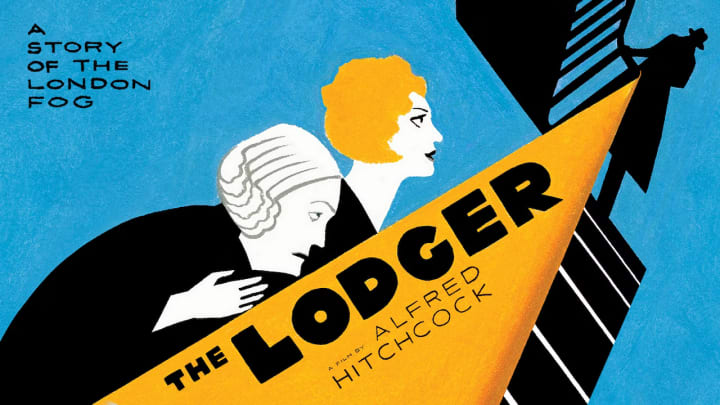
was influenced by the horror novel The Lodger (1913) by Marie Adelaide Lowndes.

The three most frequently mentioned suspects are: Michael Ostrog, a Russian criminal and doctor who had been institutionalised due to his homicidal tendencies; Aaron Kosminski, a Polish Jew and a resident of Whitechapel who was known to have great animosity towards women (particularly prostitutes) and who was hounded by police. Montague Druitt, a barrister and teacher with an interest in surgery who was said to be insane and who vanished after the These rumours have also been made about a number of well-known Londoners from the time, including the painter Walter Sickert and the doctor Sir William Gull. The locations of the murders have given rise to a macabre tourism industry in London.
Journalistic coverage of a jack the ripper murder :
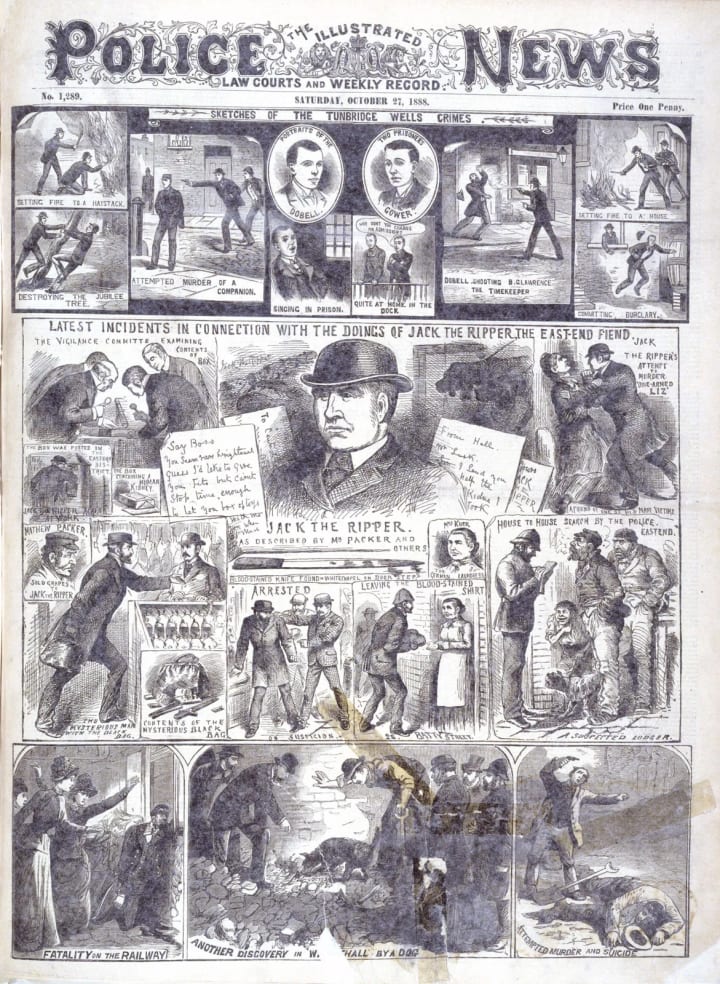
Jack the Ripper: Who was he?
Englishman Jack the Ripper was a serial killer. He killed at least five women between August and November 1888, all of whom were prostitutes, in or near the Whitechapel neighbourhood of London's East End. Never was Jack the Ripper identified or apprehended. The locations of the murders are now the centre of London's macabre tourism business.
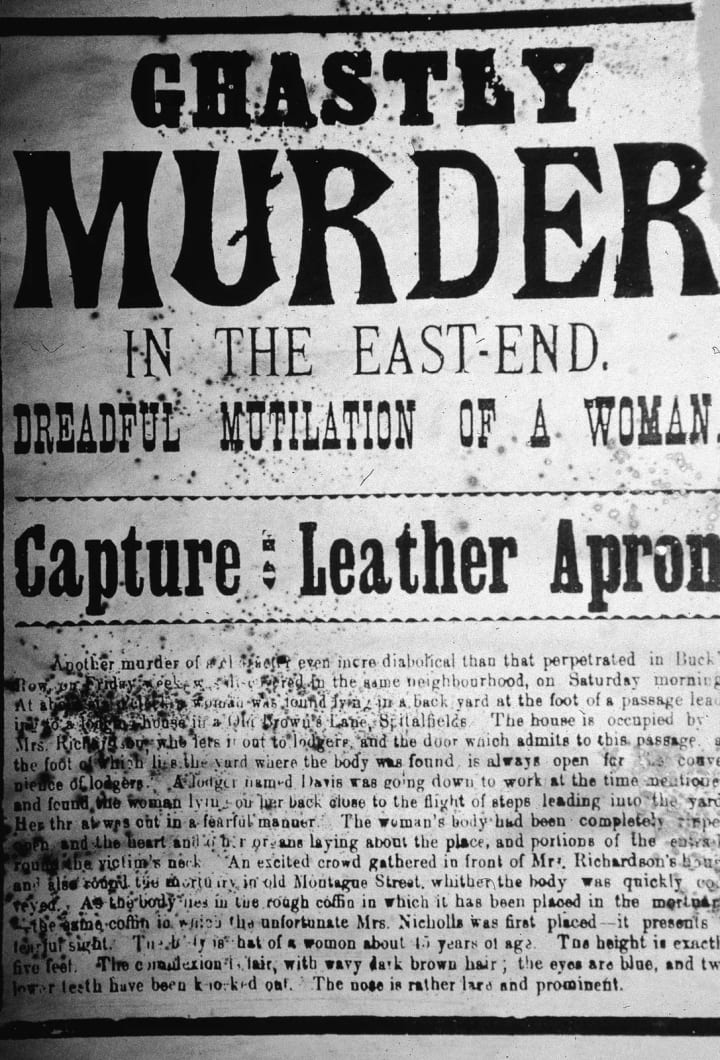
Is Jack the Ripper's identify known?
The fact that Jack the Ripper's identity is a mystery contributes to his fame. People have conjectured about his identity for years. Frequently mentioned suspects include Aaron Kosminski, a Polish immigrant who lived in Whitechapel, Montague Druitt, a barrister and instructor with a passion for surgery; Michael Ostrog, a Russian criminal and physician; and Michael Ostrog.
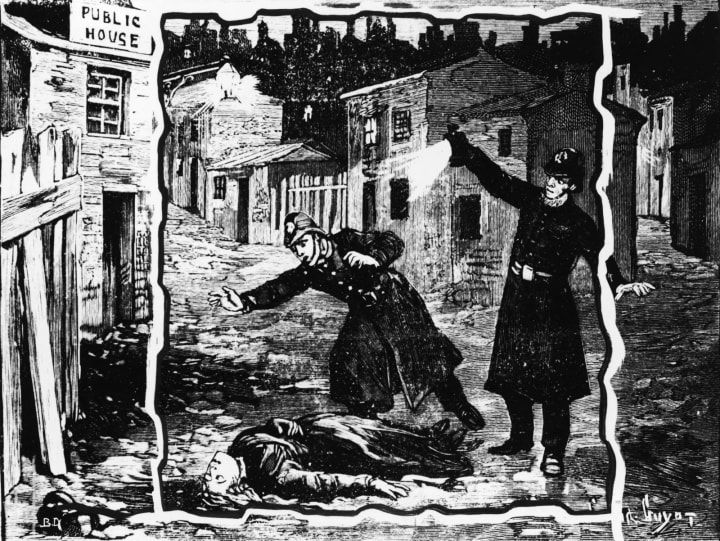
Who were the victims of Jack the Ripper?
Mary Ann Nichols, discovered on August 31, 1888; Annie Chapman, discovered on September 8, 1888; Elizabeth Stride, discovered on September 30, 1888; Catherine Eddowes, also discovered on September 30, 1888; and Mary Jane Kelly, discovered on November 9, 1888, were the five canonical victims of Jack the Ripper. They were all prostitutes, the victims. Their dead had all been dismembered.
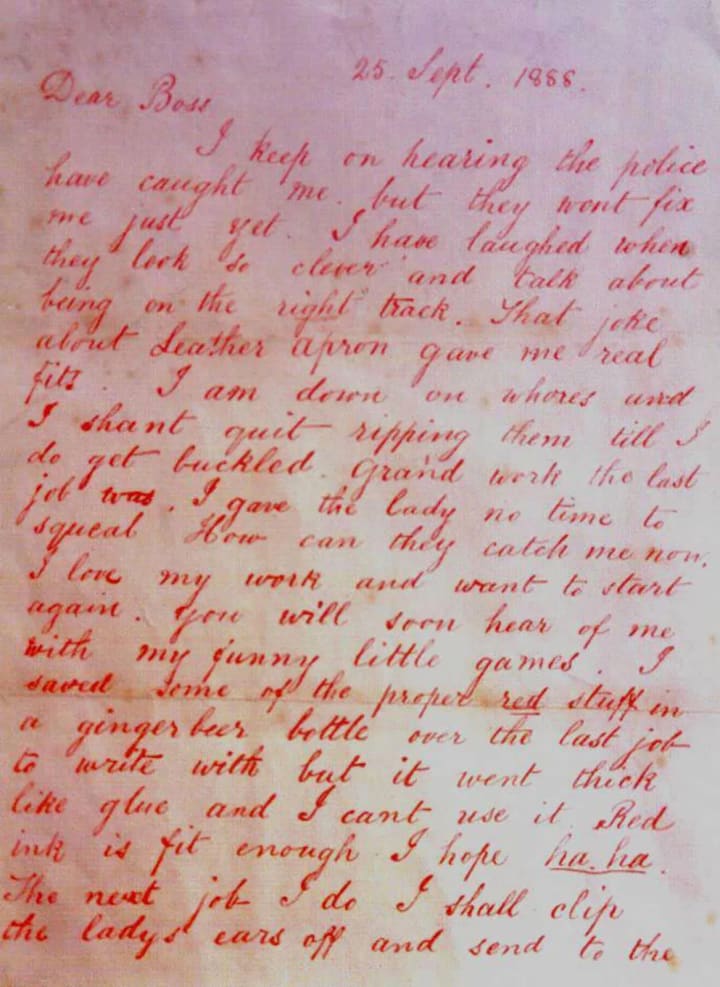
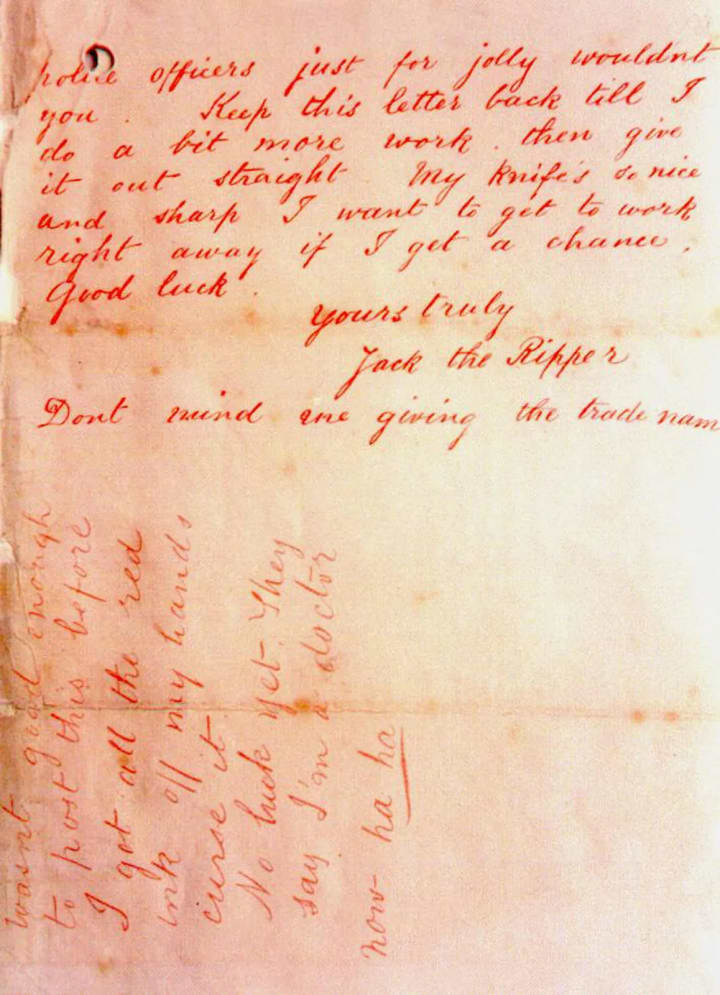
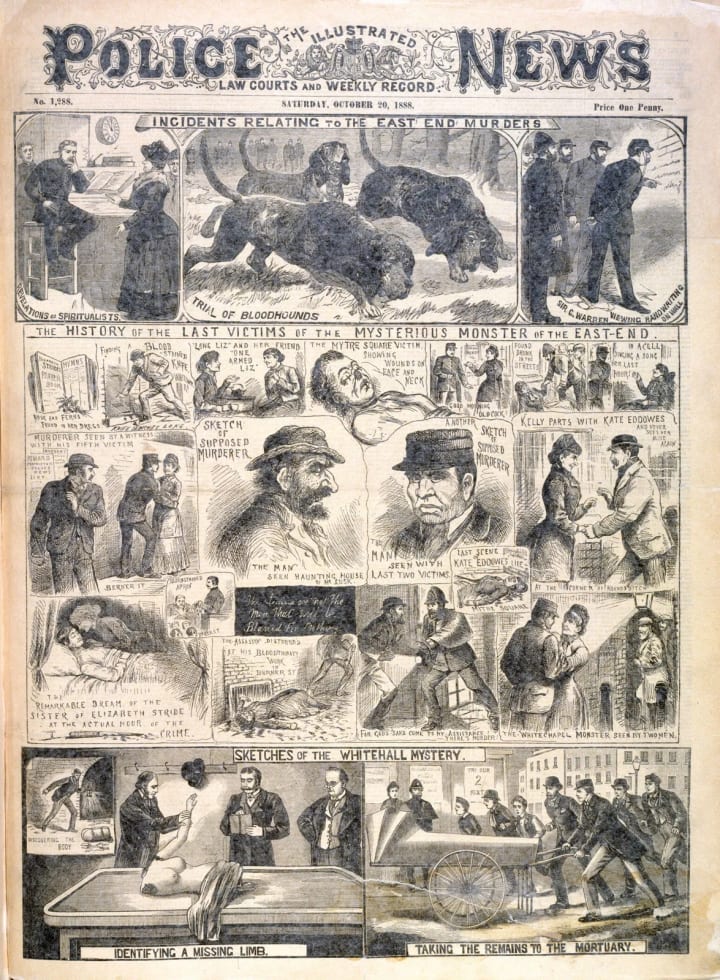
About the Creator
Enjoyed the story? Support the Creator.
Subscribe for free to receive all their stories in your feed. You could also pledge your support or give them a one-off tip, letting them know you appreciate their work.






Comments
There are no comments for this story
Be the first to respond and start the conversation.